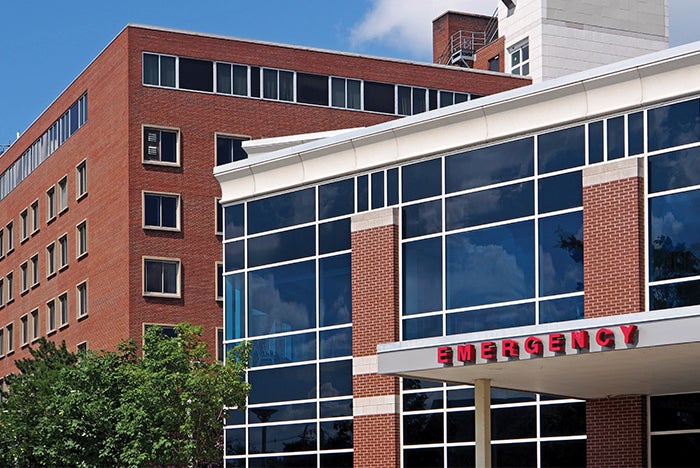AI-operated health care pods multiply in Chinese locations
The latest health care innovation in China is a small, unstaffed cubicle resembling a game show booth or large vending machine, attached to a pharmacy unit of roughly the same size. It can be found in any number of convenient locations — curbside for drive-up ease, or places where people might be passing by. It could even be located on a worksite for occupational medical support.
Ping An Good Doctor is an AI-driven health care platform that can be open 24 hours. The patient enters the booth to seek medical help. After interacting with a medical AI service, the patient either receives a pharmaceutical from the adjoining pharmacy module, or receives it via delivery from a nearby freestanding pharmacy.
Imagine the impact of this AI technology on a field that has historically been facility-centric. What would a health care system look like if the organizers could build it from scratch with an AI backbone? Would the system be facility-based, or a virtual network of linked services and capabilities? Would the system utilize highly trained medical professionals the same way? If convenience, cost and quality were the primary drivers of utilization, and not loyalty, would health care providers prioritize virtual network elements over facilities?
Architects are needed to help health care systems decide what facilities are necessary and what virtual alternatives are viable. This is more than facility design; it is the redesign of the health care system. The impact on capital costs (and operating margins) in the health care field will likely be dramatic.
Two other things to keep in mind for 2019. Ping An Good Doctor is not limiting its transformative vision for health care to small, modular clinics. The company is currently building the hospital, clinical and pharmacy components of its cloud enterprise. Moreover, it plans to actively export these technologies internationally.


